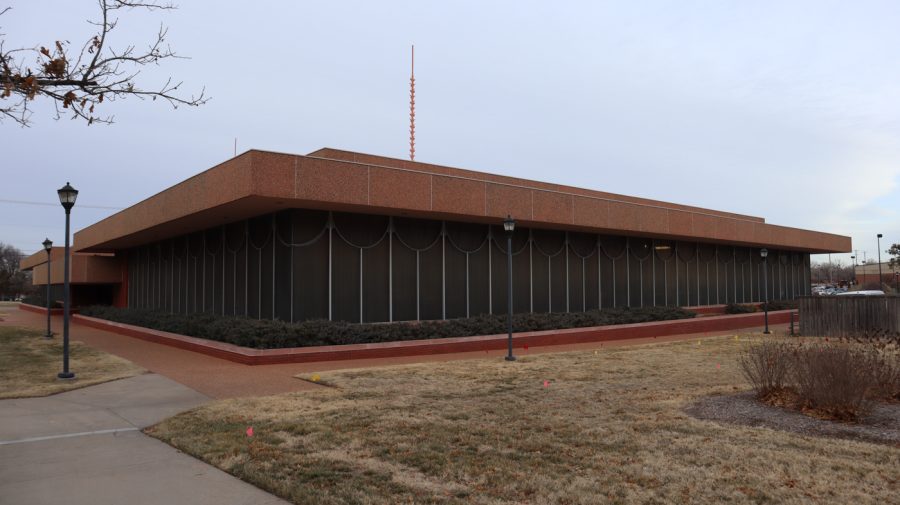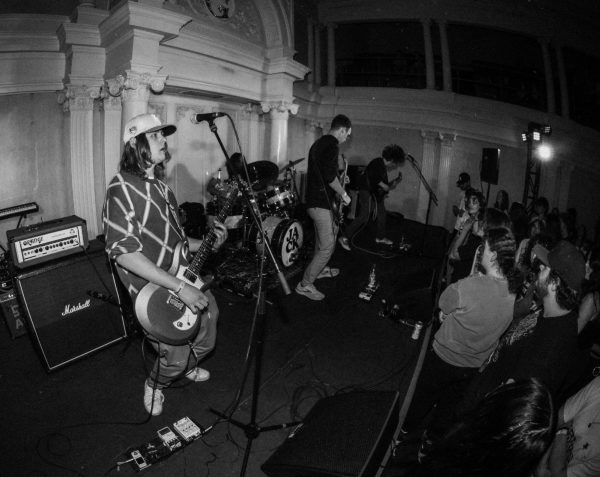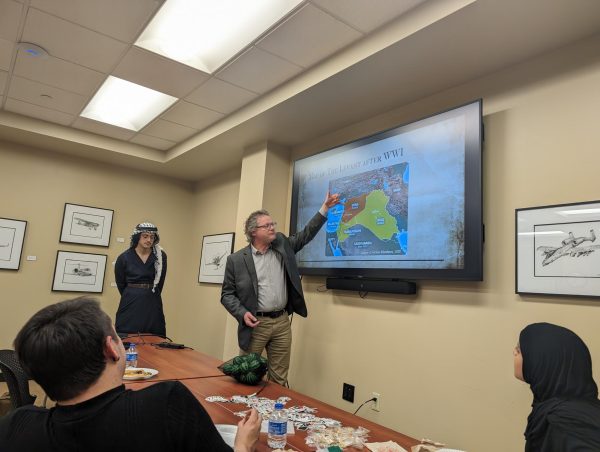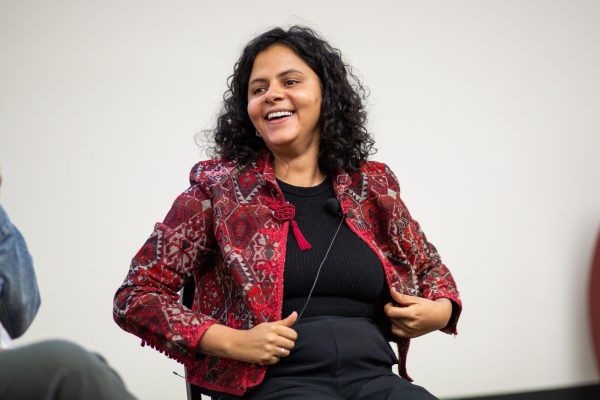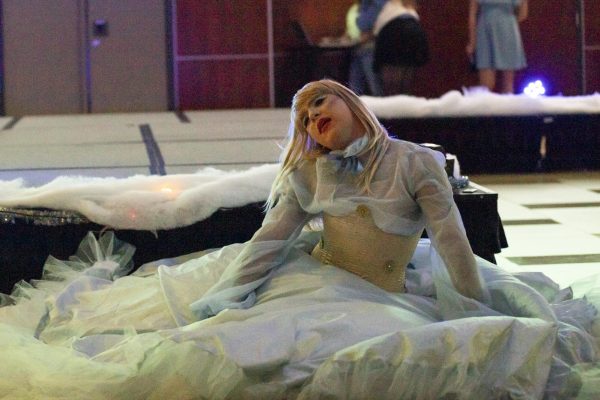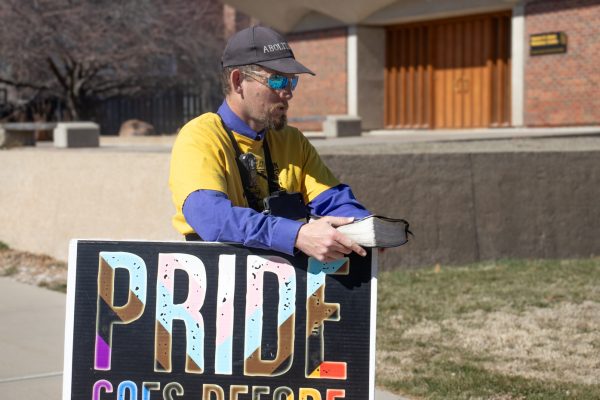The Story Behind the Building: Corbin
Corbin Education Center in January 2023 (File photo).
Recognized as Wichita State’s most internationally recognized building, Corbin Education Center has a detailed history, both within Wichita and out. The hub for applied studies majors, located on the north side of the WSU campus, was designed by renowned architect Frank Lloyd Wright.
Wright has designed two locations in Kansas, both on the east side of Wichita, and both in slightly unconventional locations. Wright’s other location, the Allen House, is a prairie home located in a College Hill neighborhood of older-style houses, some with modern features. The Allen House at 255 N Roosevelt St. sticks out in the neighborhood, both for it s large plot size and distinct architectural features.
Like most of Wright’s work, the Allen House is a great example of Wright’s style, blended with the individuality of the Allen family. Although the house is closed through January for annual maintenance and upkeep, people can tour the Allen House, Tuesday through Saturday, and hear a detailed count of the construction and history from an expert.
Deviating from the conventional purpose of architecture, Wright’s pieces were meant to bring people inside to the outside, and “propel [the] spirit into the landscape” of those outside. This theme is definitely apparent in Corbin’s construction.
In a brochure for Corbin, Wright is quoted as having said “Nature is a good teacher. I am a child of hers, and apart from her precepts I cannot flourish. I cannot work as well as she, perhaps, but at least can shape my work to synthesize with what seems beautiful to me in hers.”
Located against 21st St, Corbin is one of two building designs made for Wichita State by Wright. Corbin was the only one that was actually built. Most of the design for the center is borrowed from Wright’s possible design for a potential post office in Baghdad, Iraq, which was also never built.
One of Wright’s last works, the idea to bring the architect to Wichita State came from Jackson O. Powell, dean of education from 1950 to 1956. The design was originally for the Juvenile Cultural Center. Powell proposed the idea in a letter to the current university president, Harry Corbin Jr., The building was named in Corbin’s honor in 1964.
Corbin Jr. graduated from Wichita State (then the University of Wichita) in 1940 with a degree in political science before attending Stanford University School of Law, where he met and married his wife, Sara Grace “Sally” Hyde. He became president of Wichita State in 1949, serving as the youngest university president in the nation. He resigned as president in 1963, but continued to stay in the university as a professor.
Leading the campaign for the university to be in the state system of higher education, Corbin Jr.’s unique fight for education is memorialized in Corbin Education Center’s daring structures.
Corbin Education Center is not actually one building, but two. The courtyard serves as a place to propel audience members into nature, as Wright intended. “The water feature is placed in the center of the composition, in defiance to the best classic design traditions of making the center of the space an axis on which one must walk,” the brochure reads.
Corbin’s unique structures certainly differ from the architecture of the rest of Wichita State. With spires reaching 60 feet from the floor, Wright’s choice serves to connect the building to nature in yet another way: through the sky.
Combining Corbin Jr.’s fighting spirit and Wright’s brave designs, Corbin Education Center serves as one of the most visually compelling spots on campus. A virtual tour of Corbin Education Center can be found at Wichita State’s website.

Sascha Harvey is the opinon editor for The Sunflower. A junior majoring in graphic design, this is Harvey's third year on staff and second year as a section...

Jacinda Hall is the podcast editor for The Sunflower. Hall is a junior majoring in communications with an emphasis in journalism and minoring in English...




